Palau — Pristine Paradise
On arrival in Palau, visitors sign a pledge saying “Children of Palau, I take this pledge as your guest to preserve and protect your beautiful and unique island home. I vow to tread lightly, act kindly and explore mindfully. I shall not take what is not given. I shall not harm what does not harm me. The only footprints I shall leave are those that will wash away.”
To get to Palau, I flew United from Guam (although I could have flown directly from Yap on Caroline Islands Air). No matter how you get to Palau, there’s a $100 arrival tax included in your ticket price which funds the protection of Palau’s marine environments from commercial fishing and municipal waste. There’s also a $240 national park fee if you wish to snorkel, scuba dive or visit the Jellyfish Lake.
Before becoming an independent country in 1994, the islands of Palau were owned by Spain, Germany, Japan and the US. Since its independence, Palau has become one of the premier scuba diving destinations in the Central Pacific. Tourism is the #1 business here. Palau’s 21,000 residents host more than 100,000 snorkelers and scuba divers every year. They come here for crystal clear waters and mostly untouched reefs.
Like the other islands of the Central Pacific, Palau is warm and humid all year round. It’s jungles are lush and full of fruits and flowers. The lagoon within Palau is a comfortable 30°C (86°F), while the ocean outside the barrier reef is only a few degrees cooler. Most divers are comfortable with a 3mm shorty wetsuit.
Palau’s original culture is Micronesian. Legends tell a story of a god who was transporting baskets of soil across the Pacific. A mischievous child made a hole in his basket. As the god passed by Palau, 340 little islands were sprinkled across the deep blue sea.
The best part of Palau is under water. So, the best way to see it is with a scuba tank on your back. Palau’s dive sites are strung out along an 80 km long archipelago which extends southwest from the main island of Koror. The ideal way to get to all these remote dive sites is aboard a liveaboard dive cruise.
I booked a one week cruise aboard the Palau Aggressor II and was thoroughly satisfied and impressed. The boat was luxurious, with large air-conditioned staterooms, hammocks on the sun deck, and lots of comfortable spaces to lounge in. The dive program was professionally run, with dive masters, guides and all the proper safety considerations. The staff was friendly and helpful, always ready to provide extra services that made our trip a delight. The weather was sunny and calm for the whole week. The food was first rate. The diving was fabulous. And the other 17 divers aboard were all fun and friendly folks.
If you have 22 minutes, please click here for the official video of our cruise. Watching this video will show you how wonderful a good liveaboard dive cruise can be.

It was exciting to see marine wildlife everywhere we went. One morning at dawn when we were passing through a channel between two islands, we had a dolphin escort for about 15 minutes.
Although many of the world’s coral reefs are bleached out and dead due to global warming, overfishing and water pollution, Palau’s reefs are mostly healthy. This may be due in part to the environmental taxes and fees that everyone pays to come here. I like being in a country that takes protecting its environment seriously.
One sign of a healthy reef environment is lots of sharks. We saw hundreds of them. They looked rather well fed. So they didn’t bother us. Yay!

I dove 24 times in six days. Most of my dives were about an hour long. My deepest dives were 30 meters. After my first day of diving, I realized that I would quickly exhaust my nitrogen tolerance. So, I took a short course aboard the Aggressor II to earn my PADI Nitrox certification. Using a lower nitrogen mix — and a higher oxygen content — I was able to spend more time at depth.
It’s hard to believe that a place as beautiful as Palau was once the scene of one of the bloodiest battles of the War of the Pacific. When the Marines landed on Peleliu in 1944, they expected to capture the island in four days. However, the Japanese were dug in and determined to defend Peleliu to the last man. The Battle of Peleliu lasted for more than two months and cost more than 2000 American lives, while almost all of the 11,000 Japanese stationed here were killed.
The remnants of World War II are scattered across Palau’s islands both above and below water. Sunken ships make good coral beds and fish habitats.
Here’s the wonderful crew of the Aggressor II who took very good care of everyone on our cruise. Hats off to this hard-working team! They kept smiling even though they were working from dawn to late night every day. After my group of guests left on Sunday morning, the crew had just 8 hours to prepare for the next crowd of passengers.
This visit to Palau has whetted my appetite for more island hopping and scuba diving in the Pacific. For now, I must return to my village in Thailand to check on a banana farm that I bought in October. But I’m sure to return to these beautiful blue waters to spend more time with the fish.
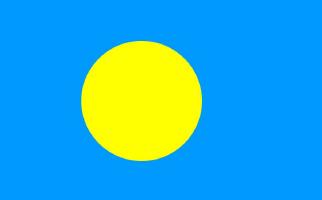
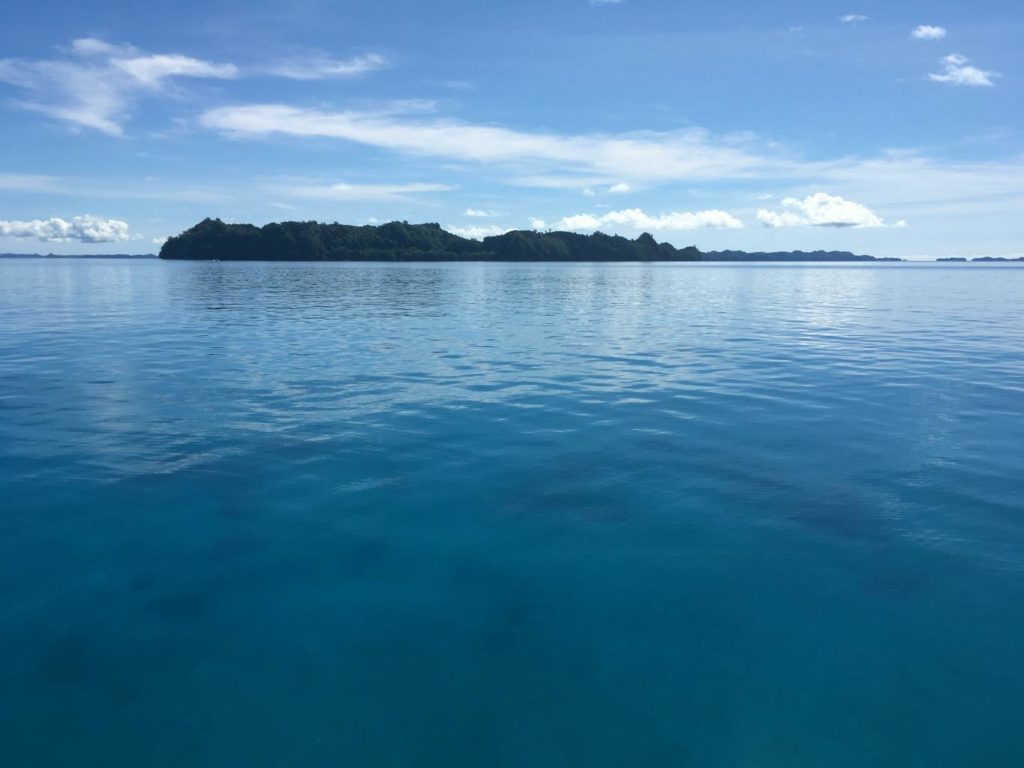
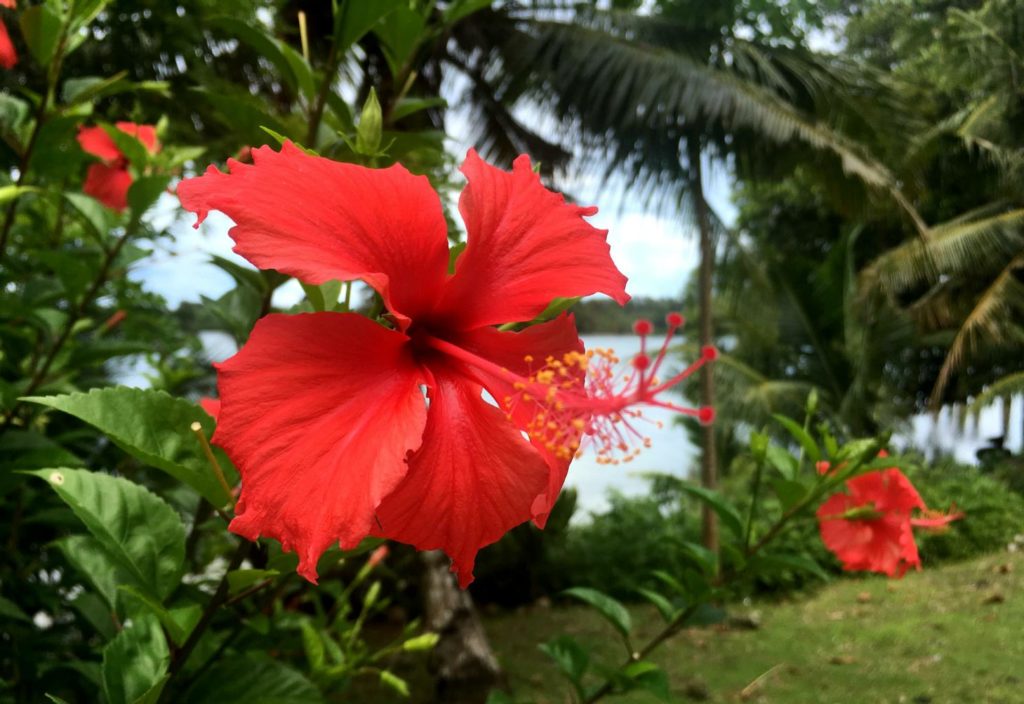
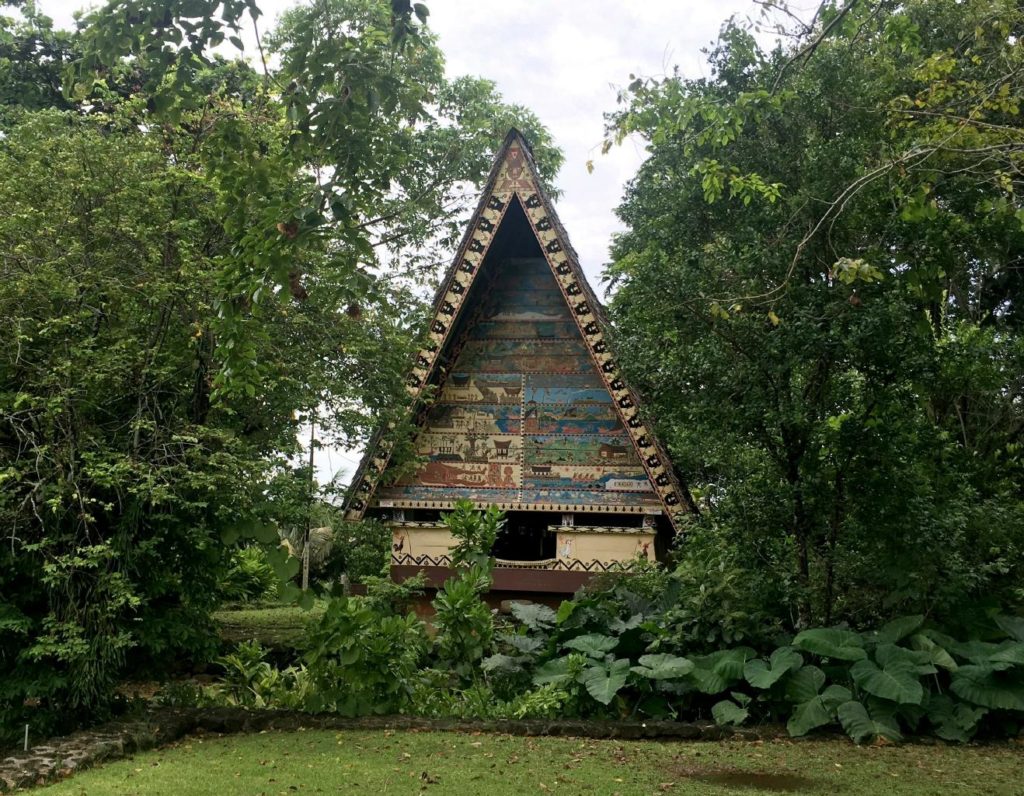
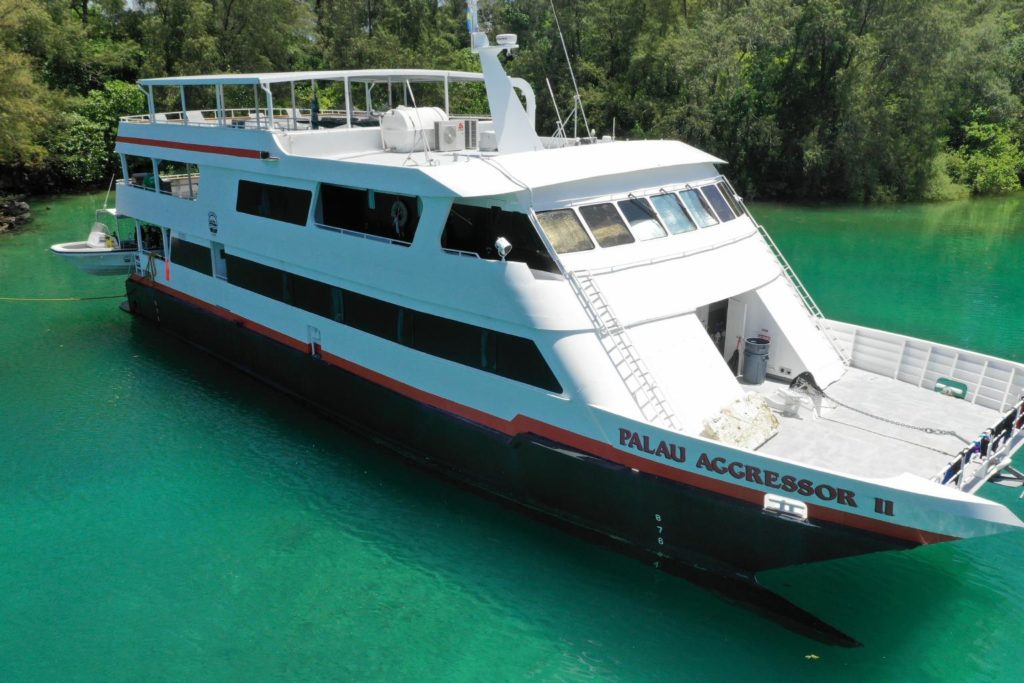
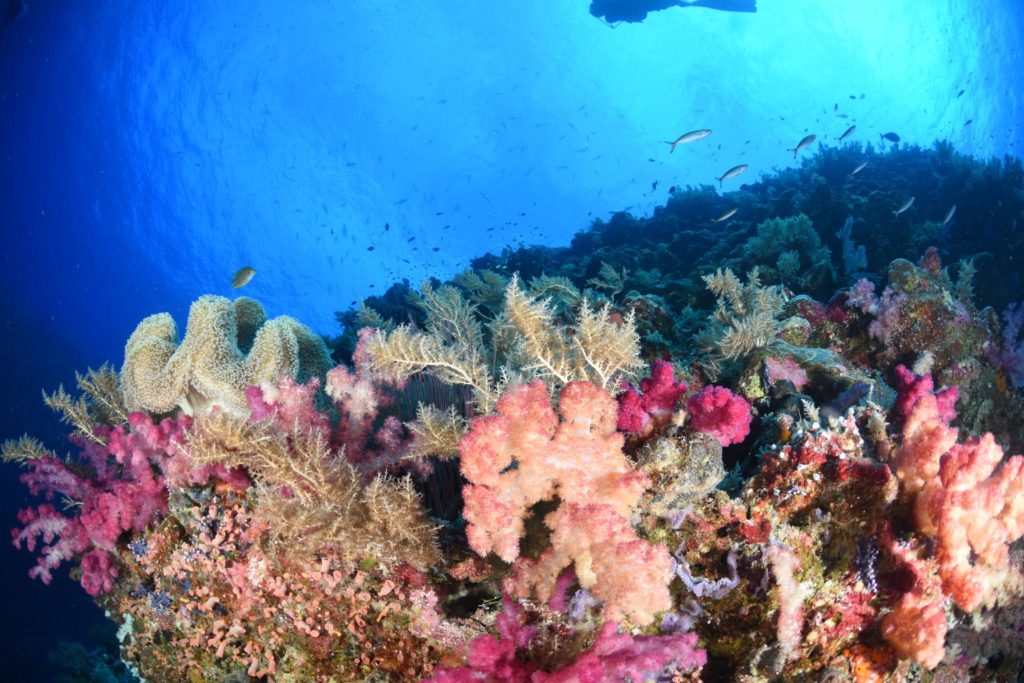
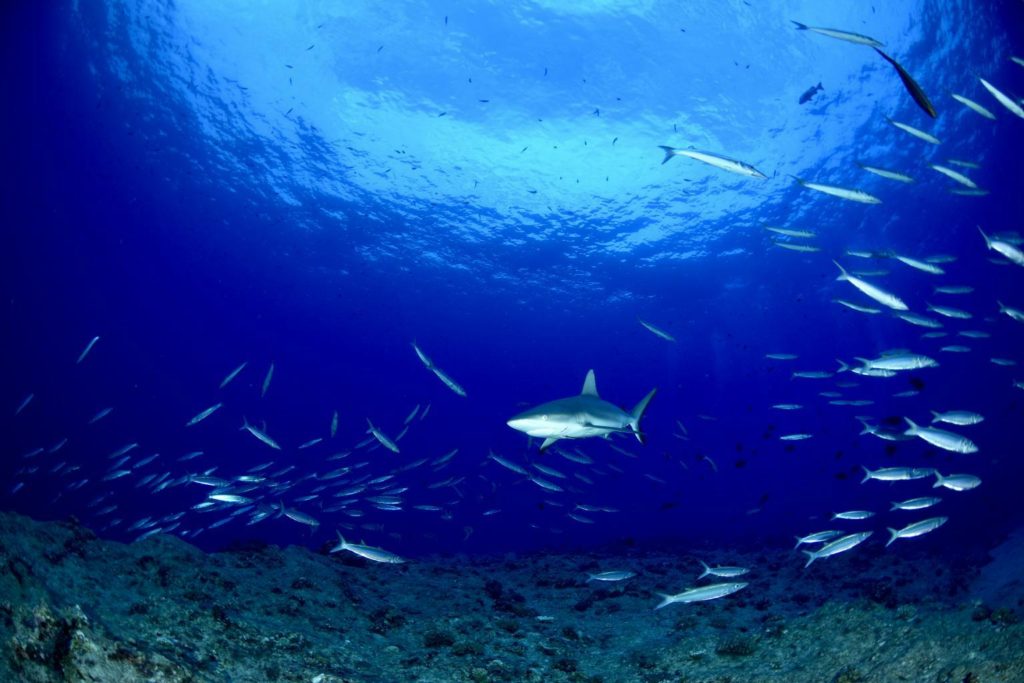
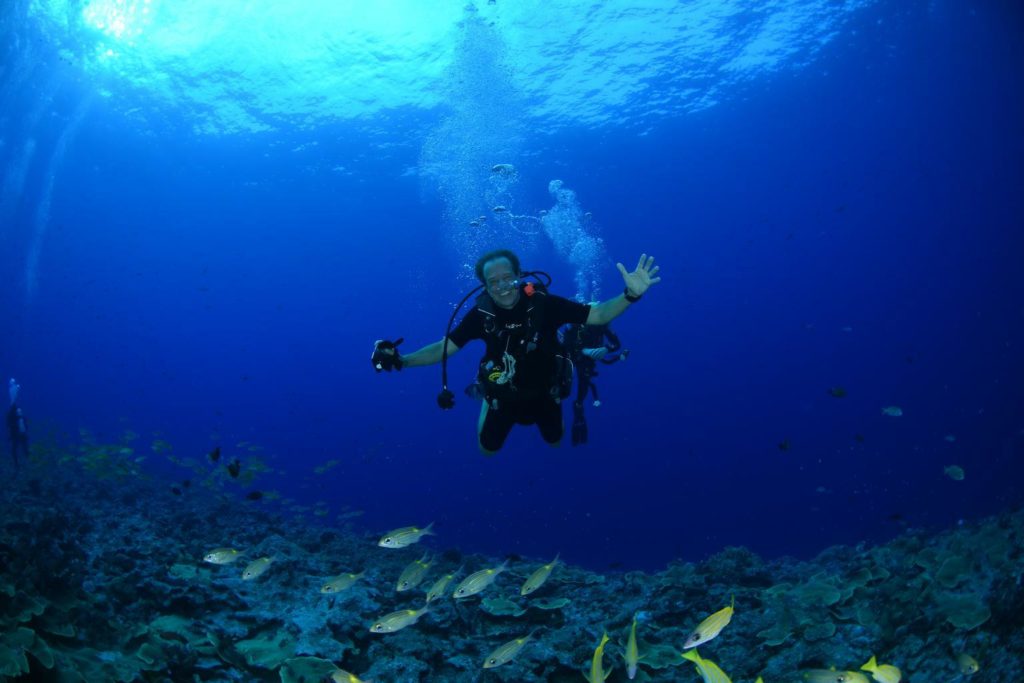
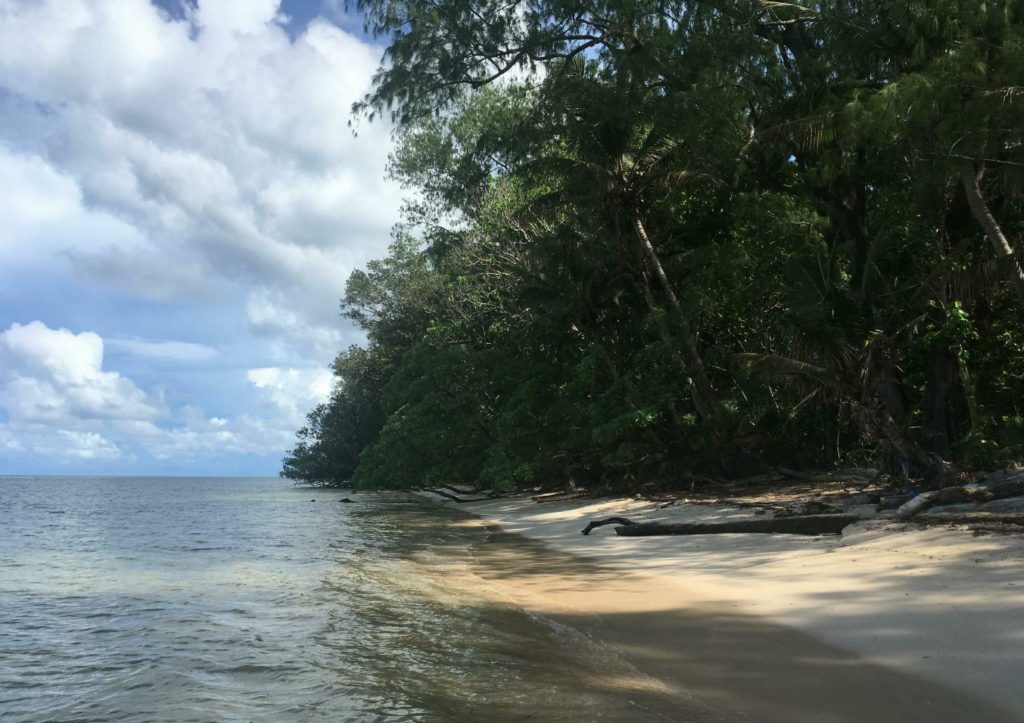
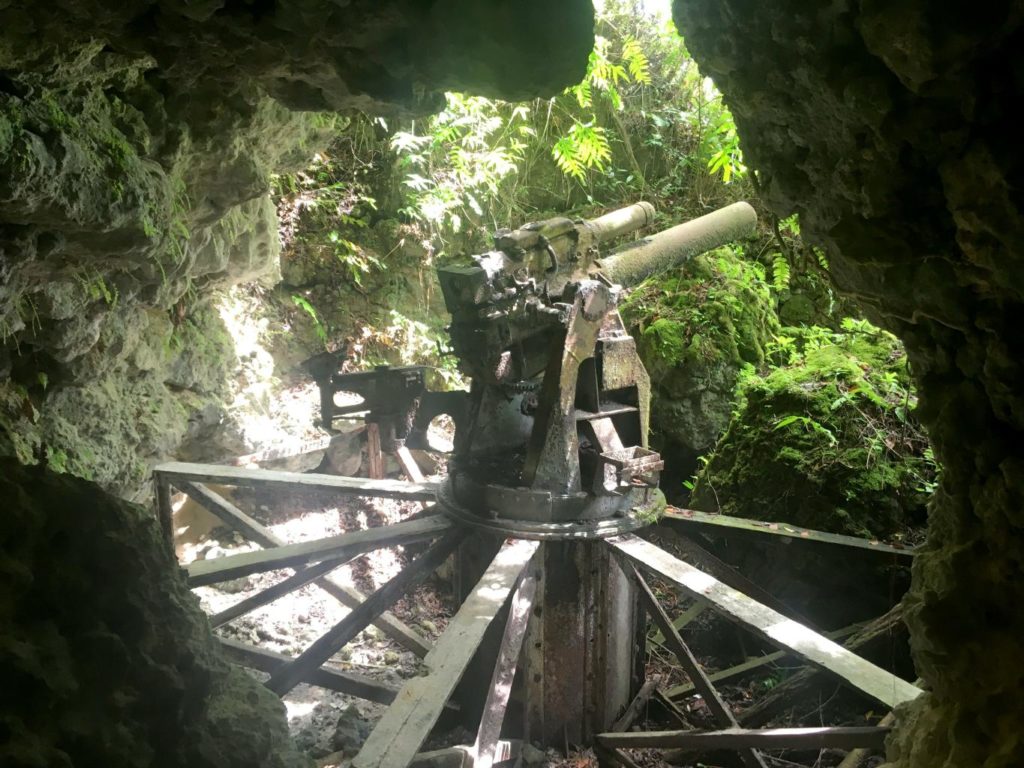
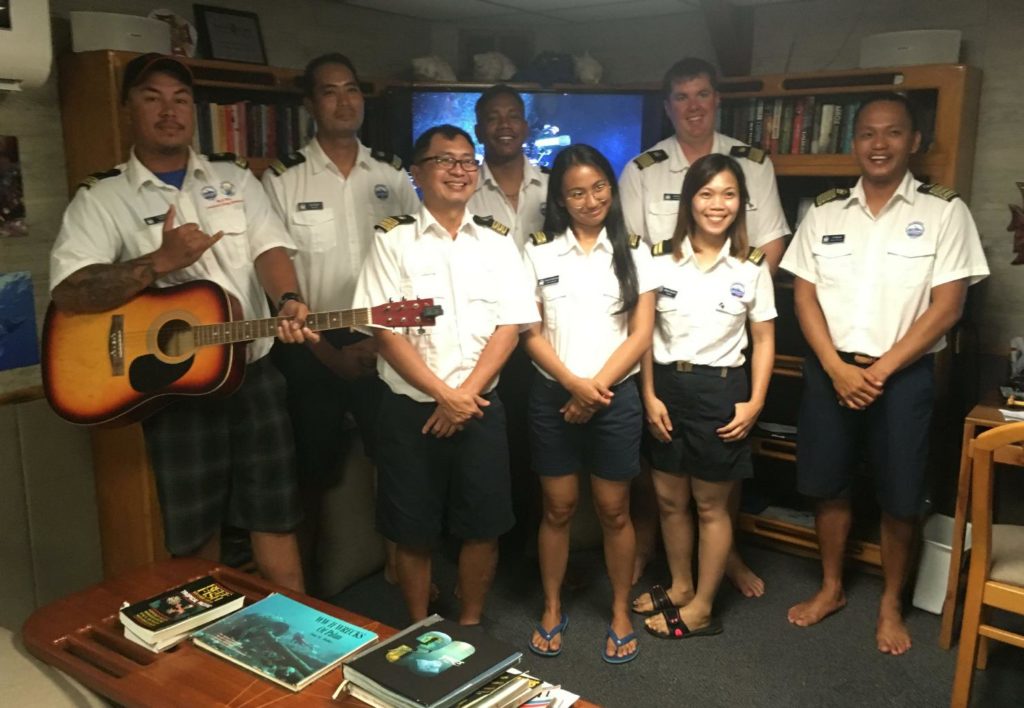
Awesome! Thank you for sharing!!
Julia & Wes & Grayson 💐🏄♂️
You’re very welcome! Thanks for reading. There’s more to come.
Hey Nick, Great post. I loved the diving video. Smiling. Thank you.
Really enjoying your posts! Thank you for sharing your adventures. Am sure so many of us OMA folks are having fun keeping up with you. Greetings from Heidelberg, Linda T.